Microbes in Household Products | Biology Class 12 - NEET PDF Download
| Table of contents |

|
| What are Microbes? |

|
| Types of Microbes |

|
| Microbes in Household Products |

|
| Contributions of Microbes to Human Welfare |

|
What are Microbes?
Have you wondered why food spoils if left unrefrigerated for days? Or how you get cheese from milk?
These are all due to the action of living organisms that are not visible to the naked eye, called microbes or microorganisms. These microbes also have some very important applications in our lives. Along with plants and animals, microorganisms also form an important part of the biological system on earth.
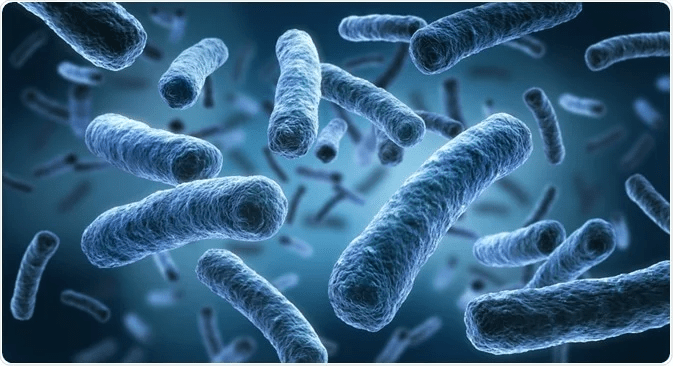
- Microbes exist everywhere – in soil, air, water and also in the human body and the bodies of plants and other animals!
- They also exist in places where no other life-form exists, such as deep in the geysers where the temperature is extremely high!
- Bacteria, fungi, protozoa, viroids are all microorganisms. Although microscopic, they can grow on nutritive media and form colonies visible to the naked eye. This allows us to study them better.
Types of Microbes
The term “microbes” is used to describe several different life forms with different size and characteristics. few of these microbes include:
- Bacteria
- Fungi
- Protists
- Viruses
- Archaea

Microbes can be useful as well as harmful. Certain microbes cause severe infections and diseases and can also spoil food and other materials. While others play an important role in maintaining environmental balance.

Let us have a detailed look at the different types of microorganisms and their importance.
1. Bacteria
- Bacteria are unicellular, microscopic, prokaryotic microbes that contain no true nucleus.
- Their cell wall is made up of peptidoglycan. They have a flagellum that facilitates locomotion.
- Bacteria are of different types depending on their shapes and sizes. For eg., spherical-shaped bacteria are known as cocci; rod-shaped bacteria are known as bacilli; spiral-shaped, spirilla, etc.
- They reproduce through binary fission, transfer of genetic material through transformation, transduction and conjugation, and through sporulation.
- Bacteria play an important role in human survival. They break down nutrients in the digestive system into simpler forms.
- Few bacteria such as Rhizobium are involved in nitrogen fixation.
- They are also used in making antibiotics and can also be used in agriculture as pesticides.
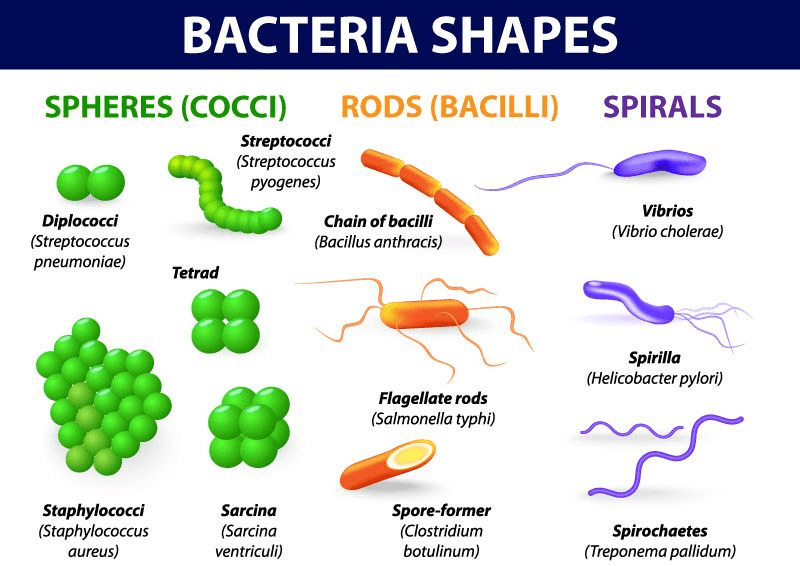
2. Fungi
- These can be unicellular or multicellular with the cell wall made of chitin.
- These are heterotrophic and cannot synthesise their own food.
- They comprise membrane-bound organelles.
- Yeasts, moulds, mushrooms are some of the important fungi.
- They decompose dead plants and animals, extracting nutrients from them.
- Few fungi are harmful and cause fungal infections like ringworm. The others are used in making antibiotics like penicillin.
- Fungi such as yeast are used in all baking industries and also in the beer and wine industries.
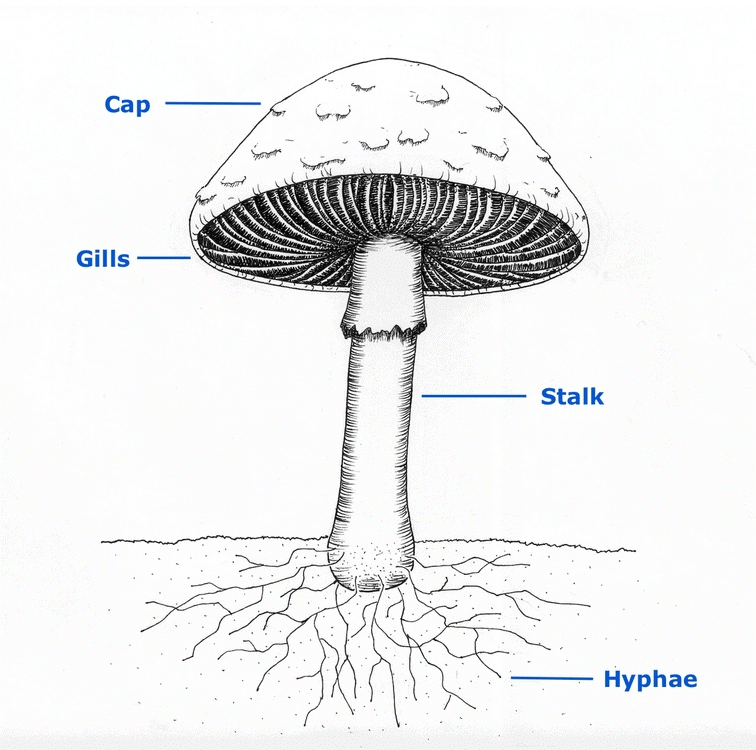
3. Viruses
- Viruses are a connecting link between living and non-living.
- They are non-cellular microbes composed of protein, nucleic acids, and lipids.
- They are measured in nanometers with size ranging from 20 nanometers to 250 nanometers and could only be seen with an electron microscope.
- They contain the core of nucleotides surrounded by a protein coat which could invade living cells.
- They are active inside host cells and reproduce inside them by infecting living cells.

4. Protists
- These are unicellular, microscopic organisms that are neither plants nor animals.
- They may be autotrophic or heterotrophic.
- They reproduce mainly through binary fission or budding.
- This group includes plant-like protists such as algae, animal-like protists such as amoeba, and fungus-like such as slime moulds.
- Protists supply us with oxygen and recycle crucial nutrients to make it available to other life forms.
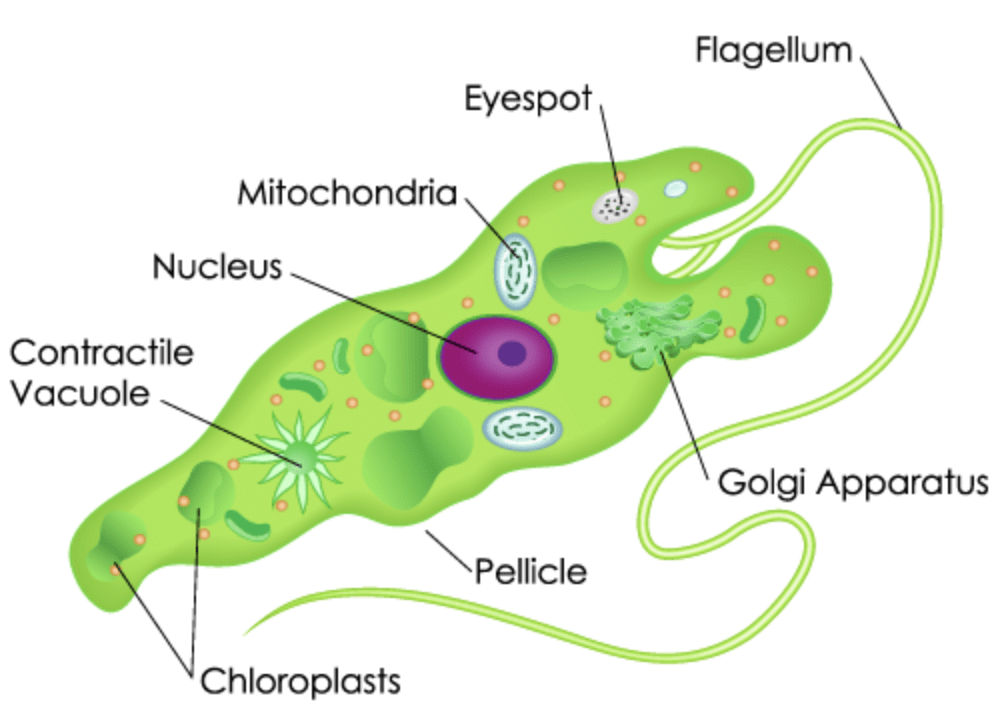
5. Archaea
- These are unicellular organisms and have a structure similar to bacteria.
- Their cell wall is different from bacteria and contains unique lipids that enable them to survive in extreme conditions.
- They are also found in human gut and skin.
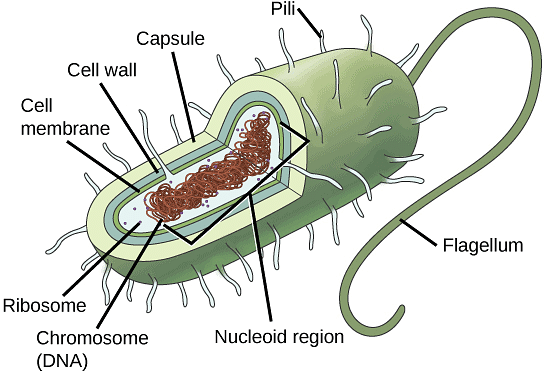
So far, we have learnt that microorganisms cause diseases in humans, plants and animals. However, they can also be useful to man in several ways.

Let’s take a look at the different ways in which they are useful to us.
Microbes in Household Products
Household foods are produced by family members for their own consumption. Some of the microorganisms like bacteria and fungi play a variety of roles in the formation of household food. For example,
- Lactobacillus, the bacteria involved in the formation of curd from the milk and yoghurt is produced by the bacteria, Lactobacillus bulgaricus.
- Saccharomyces cerevisiae is a type of yeast used for making bread in the household as well as food processing industry.
- Microorganisms are also used to prepare some traditional drinks like Toddy.
- In addition to these, most common food like dosa and idly are prepared from fermented rice by some bacteria.
Contributions of Microbes to Human Welfare
Production of Curd
A common example is the production of curd from milk. Micro-organisms such as Lactobacillus and others commonly called lactic acid bacteria (LAB) grow in milk and convert it to curd. Microbes in Household productsDuring growth, the LAB produces acids that coagulate and partially digest the milk proteins. A small amount of curd added to the fresh milk as inoculum or starter contains millions of LAB, which at suitable temperatures multiply, thus converting milk to curd, which also improves its nutritional quality by increasing vitamin B12. In our stomach too, the LAB plays a very beneficial role in checking disease-causing microbes.
Microbes in Household productsDuring growth, the LAB produces acids that coagulate and partially digest the milk proteins. A small amount of curd added to the fresh milk as inoculum or starter contains millions of LAB, which at suitable temperatures multiply, thus converting milk to curd, which also improves its nutritional quality by increasing vitamin B12. In our stomach too, the LAB plays a very beneficial role in checking disease-causing microbes.Fermentation
The dough, which is used for making foods such as dosa and idli is also fermented by bacteria. The puffed-up appearance of dough is due to the production of CO2 gas.
Similarly, the dough, which is used for making bread, is fermented using baker’s yeast (Saccharomyces cerevisiae).
A number of traditional drinks and foods are also made by fermentation by microbes. ‘Toddy’, a traditional drink of some parts of southern India is made by fermenting sap from palms. Fig: ToddyMicrobes are also used to ferment fish, soya-bean and bamboo shoots to make foods.Question for Microbes in Household ProductsTry yourself:Which of the following bacteria are used for fermenting idli and dosa?View Solution
Fig: ToddyMicrobes are also used to ferment fish, soya-bean and bamboo shoots to make foods.Question for Microbes in Household ProductsTry yourself:Which of the following bacteria are used for fermenting idli and dosa?View SolutionProduction of Cheese
Cheese is one of the oldest food items in which microbes were used. Different varieties of cheese are known by their characteristic texture, flavour and taste, the specificity coming from the microbes used.
Example: The large holes in ‘Swiss cheese’ are due to the production of a large amount of CO2 by a bacterium named Propionibacterium sharmanii. The ‘Roquefort cheese’ are ripened by growing specific fungi on them, which gives them a particular flavour.
|
78 videos|277 docs|174 tests
|
FAQs on Microbes in Household Products - Biology Class 12 - NEET
| 1. What are microbes and why are they important? |  |
| 2. What are the main types of microbes? |  |
| 3. How are microbes used in household products? |  |
| 4. What are the contributions of microbes to human welfare? |  |
| 5. Can microbes be harmful to humans? |  |





















